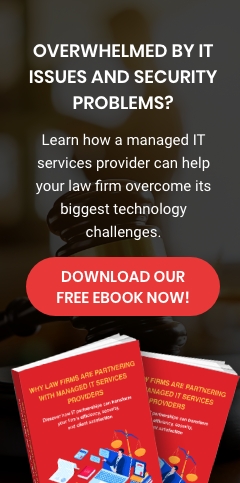Businesses of all sizes rely on technical support to keep their operations running smoothly, so getting the right type of support is crucial. Technical problems require a certain level of expertise — if unsolved, these can pose a huge challenge to operating and growing a successful enterprise.
What is technical support, and why do businesses need them?
Technical support (also called help desk, IT support, or tech support) covers a range of services aimed at keeping computer systems and other IT infrastructure fully operational. Such services include diagnosing and resolving software and hardware issues, as well as guiding users in troubleshooting simple technical issues, which may not require a high level of technical know-how.
One of the major benefits of comprehensive technical support is that it helps businesses save time by enabling them to quickly identify and resolve technical issues. Without proper tech support, businesses could face costly downtime due to malfunctioning or outdated software, or slow response times due to inadequate hardware. Having technical support assistance can also help improve a business's overall efficiency, as a technical support team can ensure that their technology is properly optimized.
Here are the three primary levels of IT support:
Level 1 (L1) support
L1 technical support providers offer basic troubleshooting for customers who may have difficulty understanding the system or need assistance with minor tasks, such as setting up an email account. This level of support is usually handled by tech support staff with low-level technical expertise and is primarily responsible for interacting with clients, hearing their concerns, and noting down their contact details. They may also create support tickets for clients with complicated concerns.
These are some of the most common tasks that L1 technicians do:
- Provide basic assistance to users on how to use and navigate the software, applications, or hardware
- Troubleshoot issues related to logins or access rights for users
- Assist with the basic installation of programs and software updates
- Handle general inquiries about features and functionality of products being used by customers
- Respond to customer requests for help via telephone, email, chat, or social media
Level 2 (L2) support
This level of tech support requires the expertise of technicians who can fix complex hardware and software issues. L2 technicians also have specialized knowledge and experience in a particular area of the product they are supporting. They are usually more experienced and have extensive technical training and are therefore tasked to handle support tickets that L1 technicians can't do.
Here are some of the tasks that L2 tech support providers can perform:
- Troubleshoot more complex problems that may require advanced knowledge of the software, hardware, or any system issue
- Provide step-by-step instructions to users on how to perform certain tasks within a program or application
- Install and configure new software, hardware, or systems as needed
- Assist with data backup, recovery, and other related activities
Level 3 (L3) support
L3 technical support provides the highest level of expertise for solving complex and mission-critical technical issues. Level 3 technicians are highly experienced experts who typically handle the intensive IT needs of large companies.
Level 3 technicians can do the following:
- Diagnose and troubleshoot software, hardware, or system configuration problems that cannot be resolved by L1 and L2 technicians
- Provide strategic advice on how to optimize existing setups or develop new solutions based on client requirements
- Create detailed reports of any changes made to systems to track progress and ensure compliance with industry standards
- Train other users on the proper use of applications or systems as needed
- Develop custom scripts or programs to automate processes aimed toward enhancing workflow efficiency
- Monitor networks and systems regularly in order to identify potential security threats or performance bottlenecks before they become serious issues
When deciding which level of tech support is right for your business, it’s important to consider your budget, staff size, scope of operations, and customer service needs. For example, if you run a small company in San Jose or in the Greater Bay Area with fewer than 10 employees and make only occasional technical requests, then an L1-type provider might be sufficient. But if you’re managing a larger organization with extensive IT requirements, then you should look into L2 or L3 providers who can offer in-depth expertise in specific areas, such as cloud management or cybersecurity.
With the right level of tech support tailored to your unique needs, your company can operate more efficiently while providing better customer service. USWired is the team to call for your technical support needs.
If you need more information about IT support coverages, download our FREE eBook, Shift Happens: IT Is Changing the Landscape, and Businesses Must Change Along With It.


